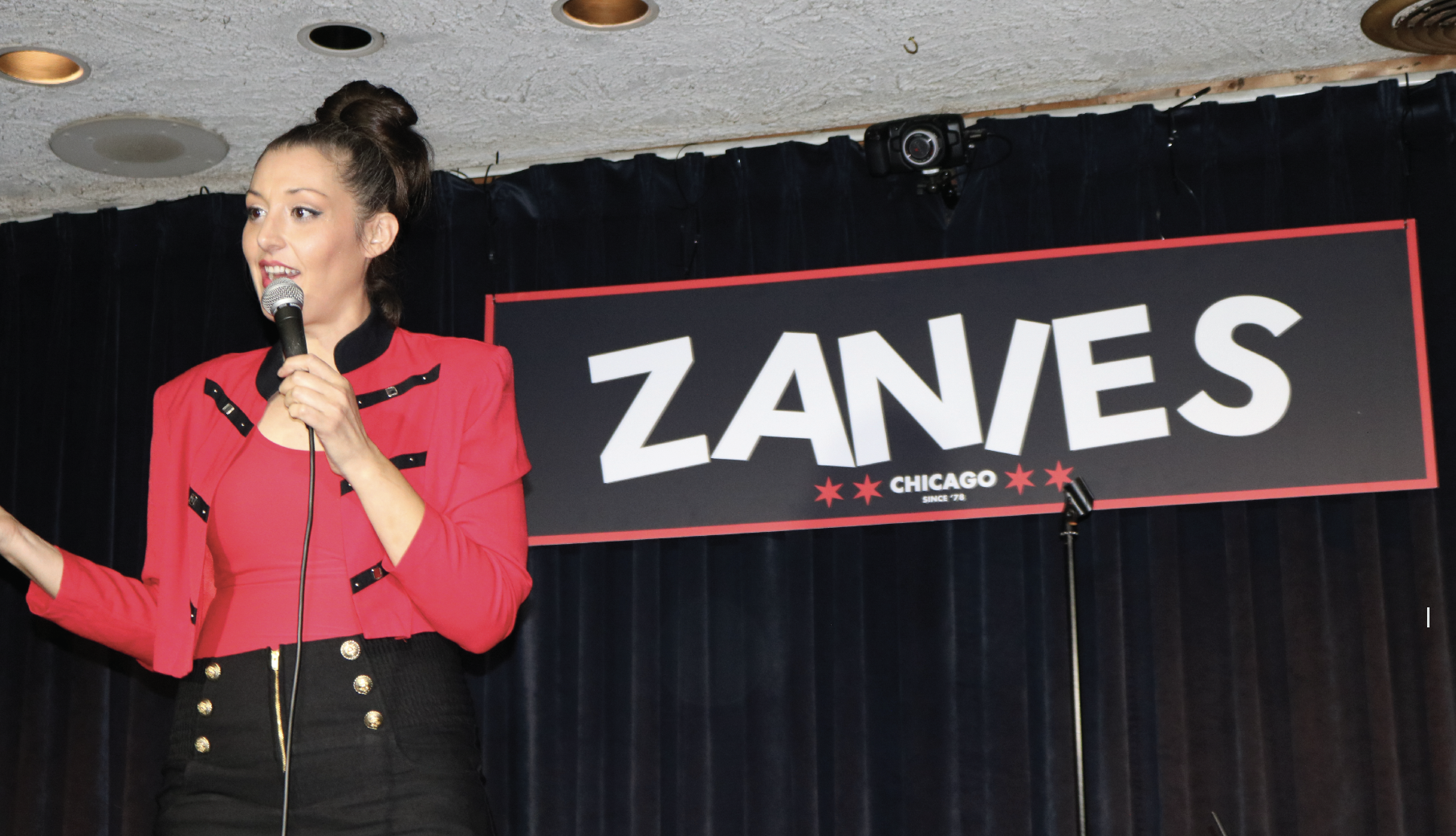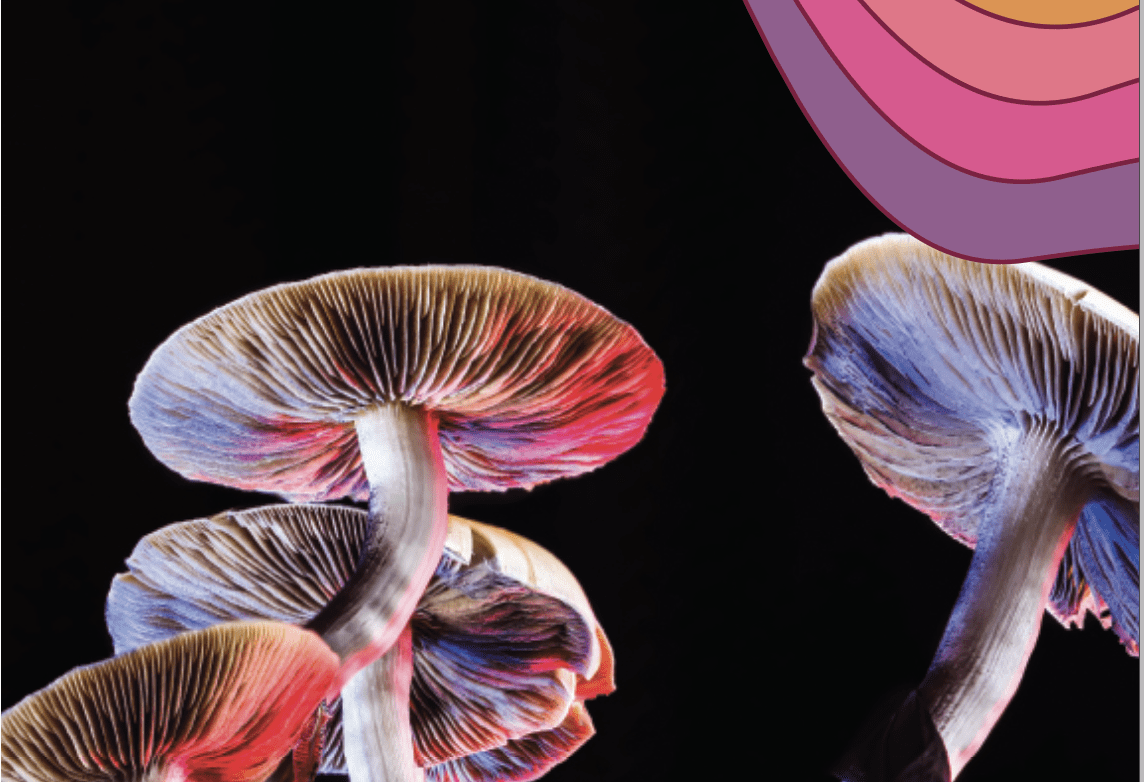Drunk, High & Horny
America is drinking more booze, ingesting more weed and spending more time on porn sites to while away the hours in self-isolation. Luckbox looks at vices during quarantine.
The nation is beginning to reopen, but Americans have felt cooped up for a long time. California imposed the nation’s first statewide COVID-19 lockdown on March 19, and within a week 20 other states enforced stay-at-home orders. Eventually, nearly everyone in the country shared in the isolation.
With the exception of what state or local officials deemed essential services, nearly every aspect of pre-pandemic public life was put on pause.
The unprecedented shift to self-confinement with no predetermined end soon sparked rapid, impactful changes in behavior. Among the most memorable was the surge in toilet paper sales, which skyrocketed 845% online and in stores during a two-day period in March and caused subsequent shortages on retail shelves.
A fair amount of attention has also focused on how people with time on their hands at home have given in to their vices. Newsfeeds and social media have tracked the increase in the sale or consumption of alcohol, cannabis and pornography.
It remains unknown whether a return to regular activity will blunt vice-related lockdown appetites, but diving into the numbers may provide some insight.
Alcohol
Most states classified liquor stores as essential businesses, and those that didn’t, such as Pennsylvania, saw residents trekking beyond state lines to make alcohol purchases.
The motivation to deem liquor stores essential—as strange as it may sound to some—is tied to serious medical considerations. Deprived of alcohol, people with alcohol use disorder (AUD) can suffer severe or even fatal withdrawal—a significant concern when hospital beds are in short supply. In any case, most Americans have had access to alcohol throughout the state-mandated stay-at-home orders, and a fair share have been taking full advantage.
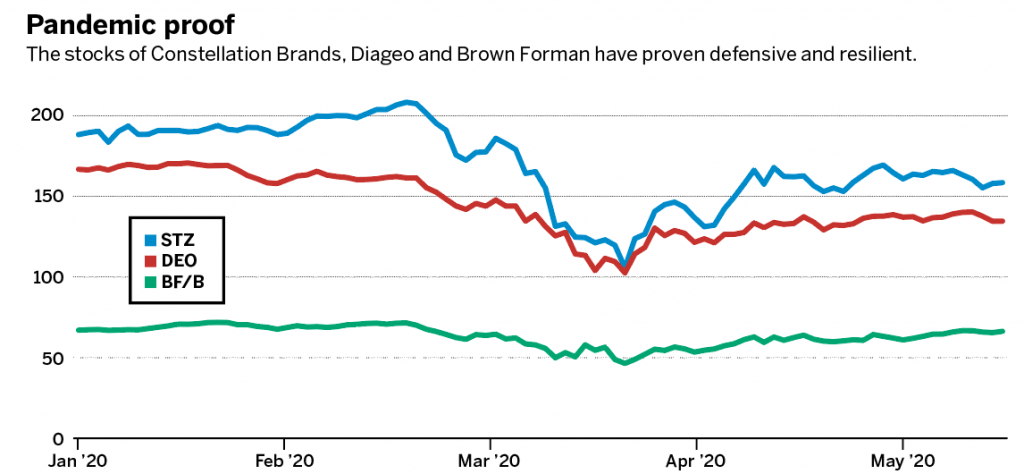
Meanwhile, alcohol purchases shifted from brick-and-mortar stores to apps and e-commerce platforms. One such platform, Drizly, operates in 15 states, including California, New York and Illinois. Drizly stated in a May 11 article that sales growth exceeded expectations by 400%.
The increase in alcohol sales has alarmed public health experts. Of 115,000 respondents to a Flatten the Curve survey conducted in April, 22% said they increased their alcohol consumption during COVID-19. Figures like those have prompted some associations, such as the Distilled Spirits Council of the United States, to remind consumers to drink responsibly and in moderation while in lockdown.
Still, stockpiling has driven up alcohol sales, observers maintain. And many imbibers are buying booze with every intention of drinking it safely, responsibly and with others. Only virtually.
They’ve taken to teleconferencing software such as Zoom and Skype to participate in “virtual happy hours” with friends and coworkers. Doodle, an online calendar and scheduling tool, found a 296% increase in group meetings booked specifically for such spirited events in March compared to February.
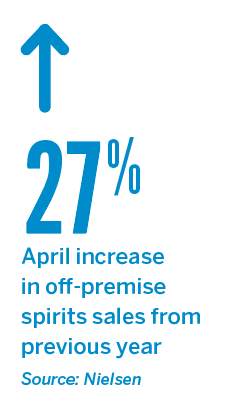
Those trends signal changes in America’s drinking culture, with a probability that some of the new practices will endure.
In the Lone Star State and a few other places, a temporary rule was enacted to aid the service industry by allowing to-go alcohol sales at restaurants. Days before the rule was scheduled to expire on May 1, Texas Gov. Greg Abbott tweeted that the practice could continue. “From what I hear from Texans, we may just let this keep on going forever,” he added.
Cannabis
Like liquor stores, cannabis dispensaries were deemed essential businesses in most states where the plant was legal, albeit with a noteworthy anomaly.
In Massachusetts, Gov. Charlie Baker declared medical cannabis “essential” but decided the state could do without the recreational weed that’s been legal there since 2018. That didn’t stop some residents. A record 245% spike in registrations for the state’s Medical Use of Marijuana Program occurred from March 23 to April 21.
Cannabis sales, like alcohol purchases, increased significantly during the pandemic. Daily sales shot up 159% in California, 100% in Washington state and 46% in Colorado on March 16 alone, according to Headset, an analytics service provider for the cannabis industry. While those numbers dipped closer to normal in April, in many cases they were still higher than last year.
An americanmarijuana.org survey of 990 U.S. cannabis consumers found more than 48% of respondents stocked up, with 55% saying it was to calm them down amid the pandemic, 23% saying it was out of fear of the virus and cannabis scarcity, and the remaining 22% saying they “just wanted to chill out with some weed.”
But chilling out with some weed presents its own set of challenges and considerations, particularly for those who prefer to smoke it. Smokers, especially those who have lung disease or reduced lung capacity, are at greater risk of serious illness, according to the World Health Organization.
The solution? Some medical experts are suggesting cannabis edibles.
Chief Medical Officer for the American Lung Association Albert Rizzo said in an interview with Refinery29 that edibles don’t seem to do anything harmful to the airways and “don’t put you at any increased risk if you get COVID-19.”
Problem solved—except some smokers missed the memo. In a separate americanmarijuana.org survey of 1,017 U.S. cannabis consumers, only 28% of respondents said they switched to consumption methods other than smoking. A little over 29% said they have smoked more since the outbreak, 38.5% said they’ve smoked about the same, 26.5% said they’ve smoked less and nearly 6% said they quit smoking altogether.
What does any of that mean for the post-quarantine world? The resilience of the cannabis industry in the face of a distinctly harsh economic landscape has caused some observers to speculate that doors to medical and recreational legalization may open in states where pot is still illegal, especially when factoring in the attendant fiscal bonanza.
In Illinois, for instance—where both medical and recreational pot are legal—nearly $1 million in cannabis tax revenue was sent to 80 rural and small-town pharmacies in March to provide financial relief in the wake of the pandemic.
Other motivations, such as job creation at a time when tens of millions are unemployed, could make expanded legalization more than just a pipe dream.

Pornography
Three of the top 15 websites in the U.S. are porn sites. The same three sites appear among the worldwide top 11, according to SimilarWeb rankings. One of those three sites, Pornhub, regularly shares a lot of revealing data.
Pornhub clocked in an average of 115 million visits a day last year, and in any given minute around 2.8 hours of video were uploaded to the site, according to Pornhub Insights’ 2019 Year in Review. Those numbers may seem surprising, but 2020 stats have deviated significantly from the 2019 norm.
Average U.S. traffic to the site was up every single day from March 19—when the first statewide stay-at-home order was put into effect in California—to April 28, more often than not by double-digit percentages. March 27, the day with the highest increase in traffic, saw 23.2% more visits when compared with an average day.
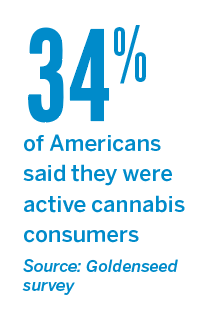
Part of the increase may be linked to a promotion the company launched March 25 that offered free premium memberships for a limited time. The promotion’s aim, in the company’s own words, was to “encourage people to stay indoors and distance themselves socially.”
Pornhub’s verified model video uploads have been up, too, as much as 39.3% in late March. That may have a rational explanation because the company announced it would increase payouts to models to support them during the pandemic. After a 15% processing fee, the remaining 85% of video sales revenue went directly to the models for the entire month of April, Pornhub announced.
Putting aside how many people are visiting the site and how many videos are uploaded to it, one quirky trend lies in what people are searching for. As of Pornhub’s April 30 Coronavirus Update, more than 17.1 million searches had been made on the site containing “Corona,” 1.1 million for “Covid” and 8.2 million for “Quarantine.”
The upswings don’t necessarily indicate the pornography industry as a whole has been thriving, particularly for models who relied upon studios, teams of workers and other models to do their work. But shifting to self-produced content is helping many navigating the pandemic.
OnlyFans, a London-based subscription-driven social media platform that typically deals in NSFW (not safe for work) content, reported a 75% increase in new accounts in March. That’s 3.5 million new signups, 60,000 of them as creators on the platform.
While it’s safe to assume a return to normal will reduce the number of coronavirus-themed videos and searches, the shift to self-produced content may last. If independent video-making can be as profitable as studio work, the benefits of being one’s own boss may mean sites like OnlyFans are here to stay.





